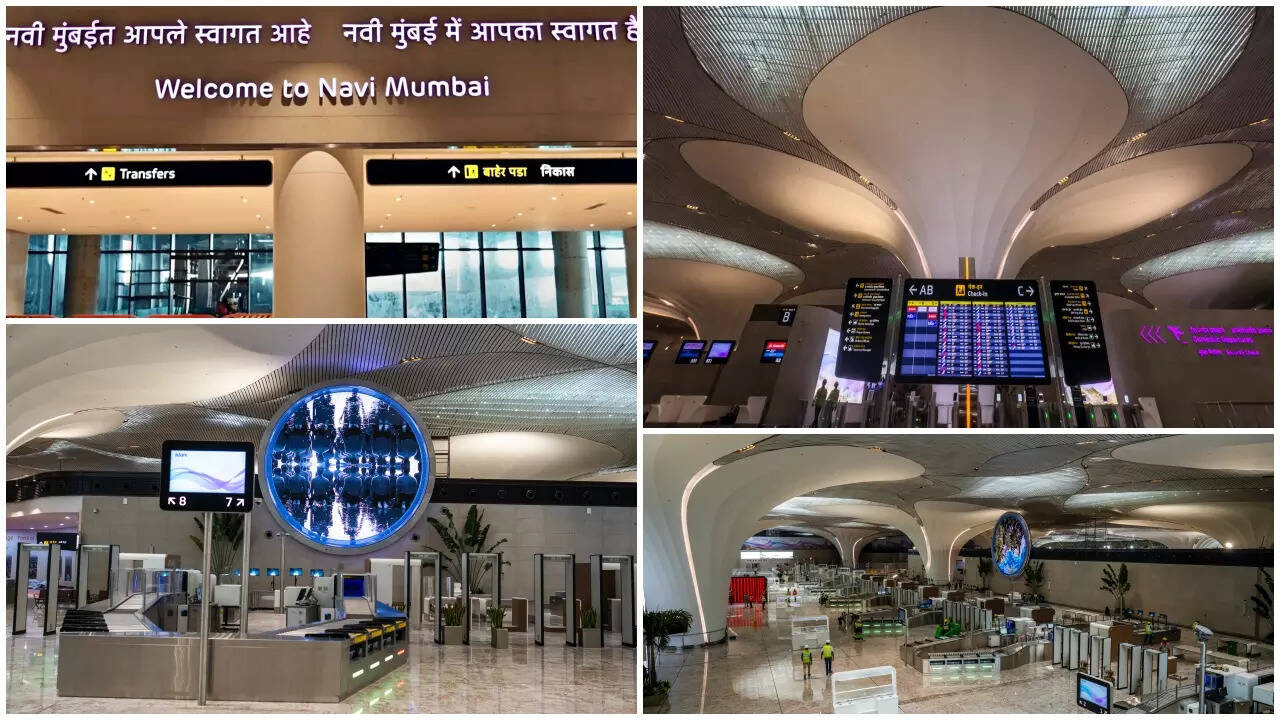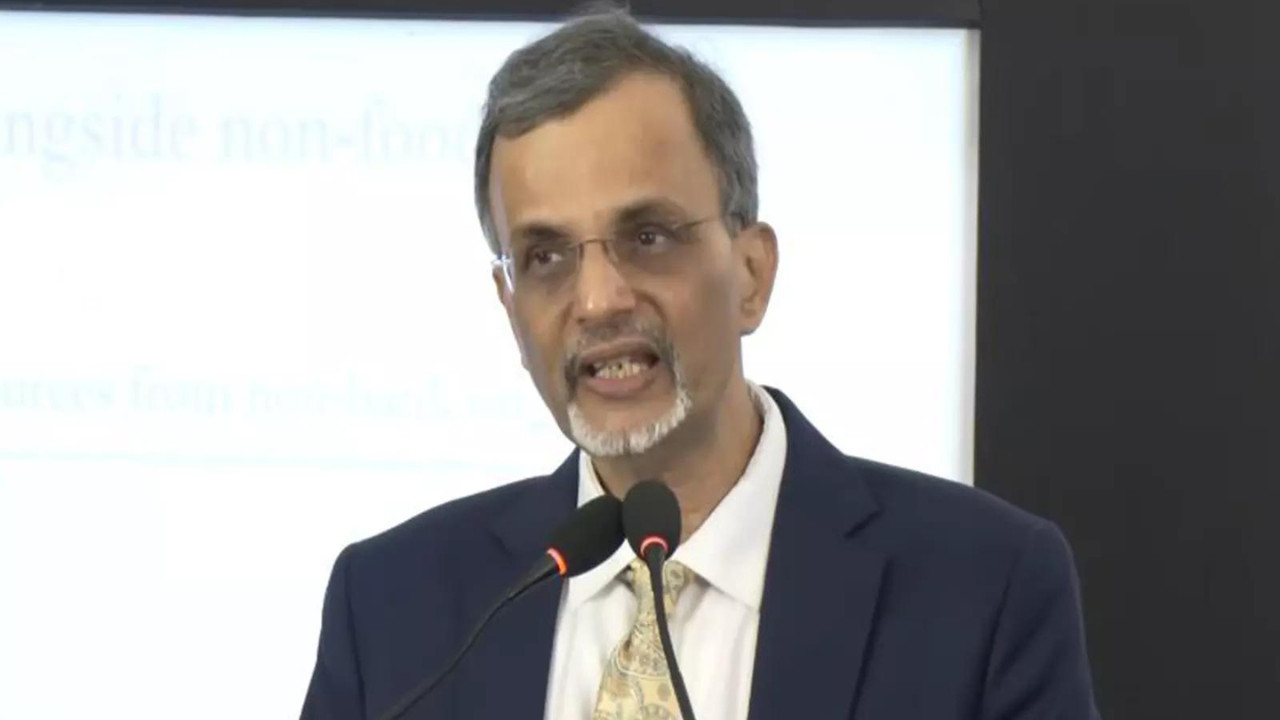Navi Mumbai Airport: A New Gateway Takes Flight
For years, it’s been a shimmering mirage on the horizon – a promise whispered on the wind. Now, the Navi Mumbai International Airport (NMIA) is finally poised to become a reality, a testament to ambition and a symbol of India’s burgeoning aviation sector. Prime Minister Narendra Modi is slated to inaugurate this game-changing infrastructure project, marking a new chapter in connectivity for the bustling Mumbai metropolitan region. But what makes this airport so significant, and what can passengers expect? Let’s delve into the details.
Easing the Load: Why a Second Mumbai Airport is Critical
Mumbai’s existing Chhatrapati Shivaji Maharaj International Airport (CSMIA) has long been operating at near-saturation point. Handling an immense volume of passengers and cargo with limited space, it’s been a bottleneck for growth. NMIA steps in as the much-needed reliever, designed to absorb the overflow and unlock new potential for air travel and trade. This isn’t just about convenience; it’s about economic empowerment, fostering business opportunities and connecting the region to global markets more efficiently.
A Look at the Project and Navi Mumbai Airport Opening Date
The Navi Mumbai International Airport project has faced its share of hurdles. Land acquisition, environmental clearances, and logistical complexities have contributed to delays. However, the finish line is now in sight. While the exact inauguration date is eagerly awaited, all indications point towards a near-future launch. The initial phase of the airport boasts a capacity to handle millions of passengers annually, with plans for further expansion to accommodate ever-increasing demand. The airport is currently expected to open at the end of 2024.
More Than Just Runways: The Key Features of NMIA
NMIA isn’t just another airport; it’s a meticulously planned infrastructure marvel. Expect state-of-the-art terminals, efficient baggage handling systems, and a seamless passenger experience. Think spacious departure lounges, a wide array of retail and dining options, and intuitive wayfinding to make your journey smooth and stress-free. The design also incorporates sustainable practices, reflecting a commitment to environmental responsibility.

Connectivity is Key
Getting to and from NMIA will be a breeze, thanks to planned improvements in surface transportation. Expect enhanced road networks, including dedicated expressways, and integration with the Mumbai Trans Harbour Sea Link. The airport is also envisioned to be connected to the Mumbai suburban rail network, providing commuters with an affordable and efficient public transport option. This multi-modal connectivity will be crucial in maximizing the airport’s accessibility and impact.
The Economic Ripple Effect
The Navi Mumbai International Airport is more than just a transportation hub; it’s a catalyst for economic development. The surrounding region is poised to witness a surge in investment, job creation, and real estate development. New businesses will flock to the area, drawn by the enhanced connectivity and access to global markets. NMIA is set to become a vital engine of growth for Navi Mumbai and the wider Mumbai Metropolitan Region.
Soaring to New Heights
The inauguration of Navi Mumbai International Airport marks a significant milestone in India’s aviation history. It’s a testament to the power of vision, perseverance, and strategic infrastructure development. As the airport prepares to welcome its first passengers, it symbolizes a future of enhanced connectivity, economic prosperity, and seamless travel experiences.
Learn about the benefits of other local infrastructure projects in our post about the Mumbai Trans Harbour Sea Link.
Conclusion
The Navi Mumbai International Airport is finally set to take off, promising a future where air travel is more accessible, efficient, and sustainable. This project holds the key to unlocking greater economic potential for the region and solidifying Mumbai’s position as a global hub. The impact of this new gateway will be felt for generations to come, demonstrating the transformative power of well-planned and executed infrastructure.







